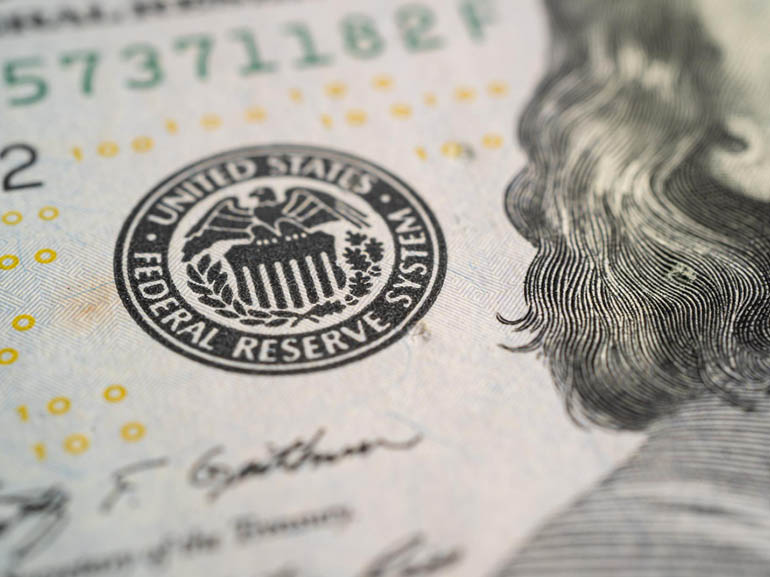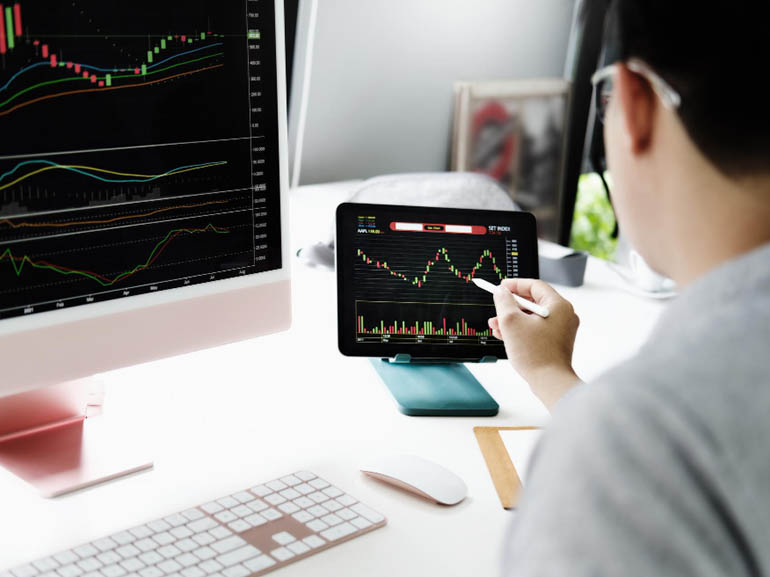
Oil CL
Crude Oil (CL) is a hard commodity that is considered one of the most important and essential energy commodities in the world. Crude oil prices are in dollars per barrel. Future-CME
Traders' Sentiments
Info
Crude Oil (CL) is a hard commodity that is considered one of the most important and essential energy commodities in the world. Crude oil prices are in dollars per barrel. Future-CME
| Spread | 0.04 | Spread (%) | 0.07% |
|---|---|---|---|
| Overnight funding - Buy | -0.03258% | Overnight funding - Sell | -0.01126% |
| Initial margin | 10.00% | Maintenance margin | 5.00% |
| Leverage | 1:10 | Expires daily | No |
| Futures Contract | January 2026 | ||
| Automatic rollover | |||
Related Instruments
| Name | Sell | Sell button / Change | Buy | Change | ||
|---|---|---|---|---|---|---|
| Sell | Buy | Trade |
Why Plus500?
What is Oil?
Explore Commodities
Related News & Market Insights
Why Plus500?
Oil FAQ
There are a number of different types of crude oil, with different pricing characteristics. The two leading international crude oil prices are:
NYMEX WTI Crude Oil – determined according to a benchmark in oil futures contracts as traded on CME’s New York Mercantile Exchange.
Brent Oil – determined according to an international benchmark used primarily in Europe, and traded on the Intercontinental Exchange (ICE).
Another important oil pricing benchmark is the OPEC Basket which includes an aggregate for oil produced and exported by the countries of the Organization of Petroleum Exporting Countries, with Saudi Arabia being its chief member.
Follow these 7 steps in order to trade oil CFDs with Plus500:
- If you don’t already have a Plus500 trading account, click here.
- Register your details and deposit funds via bank transfer, debit card and more.
- Navigate to oil under ‘Commodities’ or search for ‘Oil’ in the search bar.
- Check for upcoming economic events that have an effect on oil prices, such as the US weekly petroleum status report and OPEC meetings.
- Manage your risk and profit by adding stop orders such as 'Close at Loss' and 'Close at Profit'.
- Open a Buy or Sell position according to the direction you expect oil to move.
- When you want to close out your position, click on the ‘Close’ button.
Crude oil, also known as North American crude oil, is the underlying instrument for trading oil extracted from US land and coastal waters. Its biggest counterpart is Brent Oil – a benchmark for North Sea crude oil.
Oil CFD is a financial derivative which follows price changes in Crude oil futures, the world’s largest and most traded commodity. Oil futures CFDs are traded on Plus500’s trading app 23 hours a day, 5 days a week, based on price quotes provided by the New York Mercantile Exchange – a leading commodity futures market which is part of the Chicago Mercantile Exchange (CME).
The factors affecting crude oil prices are generally divided into three groups:
-
Macroeconomic factors
- Supply: includes raw oil resources that can be physically extracted from land or sea, and oil reserves which consist of a daily, weekly or monthly amount of oil barrels that can be produced at a price that is financially beneficial.
- Demand: reliance on oil supplies and by-products for maintaining growth in global economy, and the adoption of alternative energy sources such as wind, hydro-electric and solar energy.
-
Relations between major players in oil markets
- Production agreements between leading producers of petroleum concerning how much oil to produce.
- Political or economic sanctions imposed on (or lifted from) oil-exporting countries such as Iran, Venezuela, Qatar or Russia can result in fluctuations in global oil prices, along with the prices of other commodities.
-
Speculations and trading sentiment
- Trading oil through futures contracts is considered a common form of trading. Due to the large number of market speculators – central banks, investment banks, financial institutions, brokerage firms, individual investors, day traders, etc. – this activity has the ability to strengthen or reverse the momentum in oil prices.
Explore more factors that can affect Oil prices in our "What Influences the Price of Oil" article.
Benefits of using the Plus500 app to trade oil futures CFDs include:
- Competitive spreads with zero trading commissions.
- Access to high levels of liquidity and volatility due to the nature and popularity of oil.
- The oil market is open for trading 23 hours a day, 5 days a week.
- Free-of-charge automatic rollover from old to new contracts.
- You can trade in any direction – Selling is just as accessible as Buying.
- Our customer support team is here for you 24/7.








